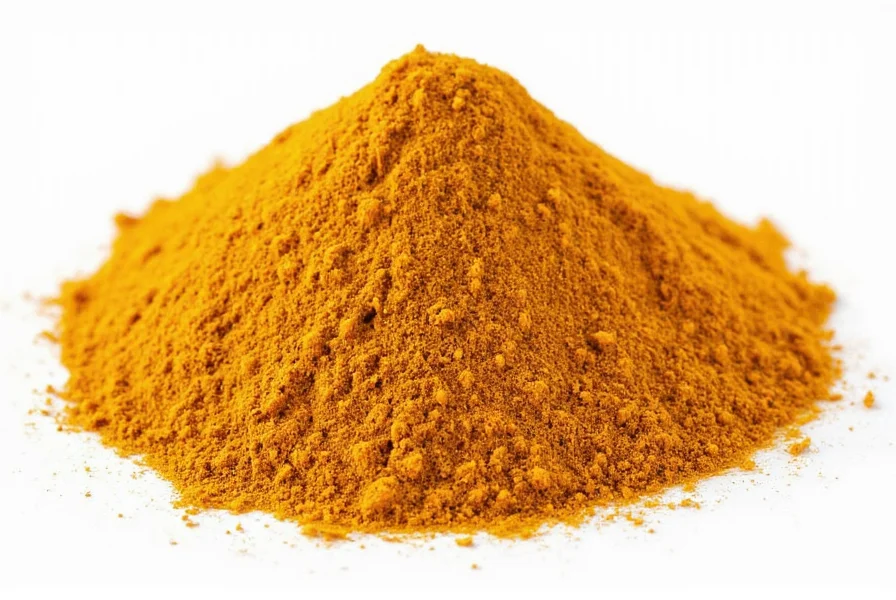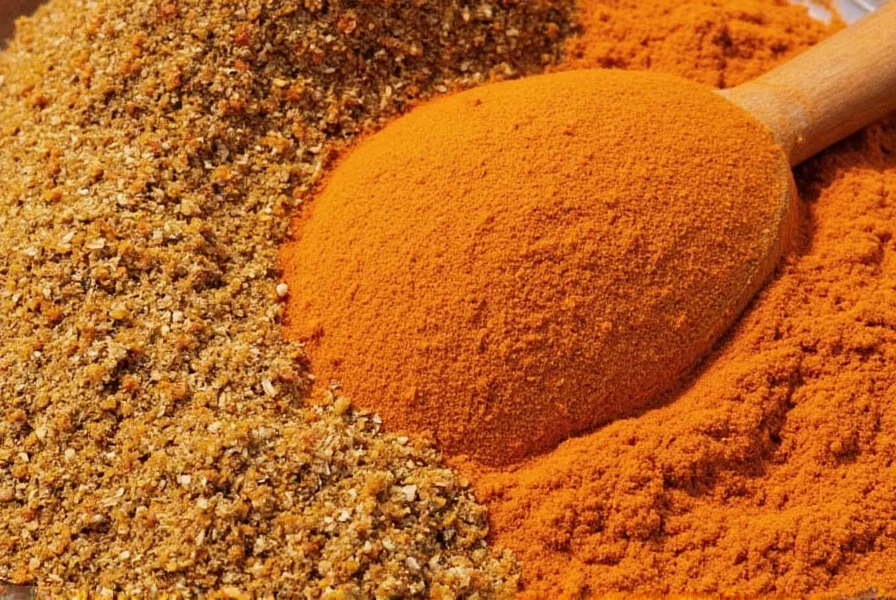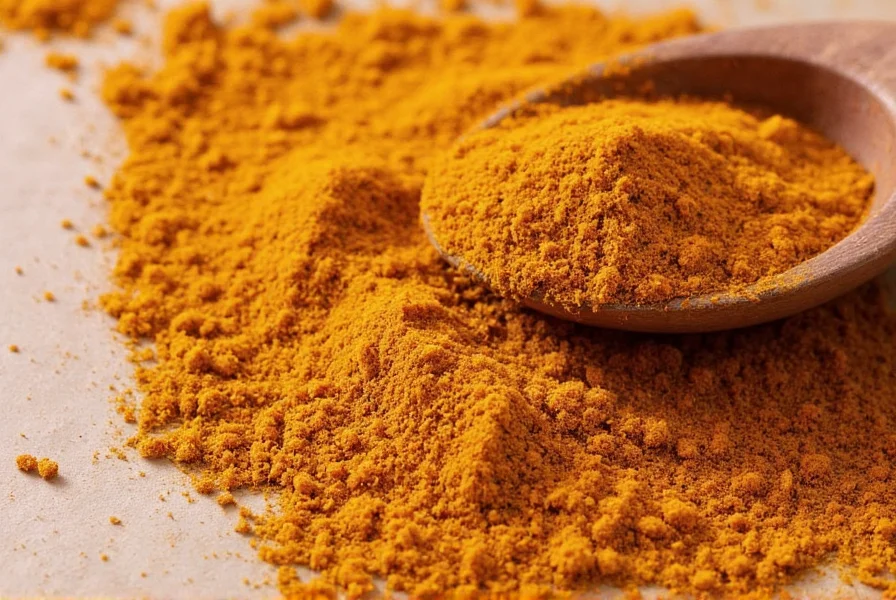When exploring what is curry spice, it's essential to understand that the term "curry" itself is a Western interpretation of diverse South Asian cooking traditions. No single "curry spice" exists in Indian or Southeast Asian culinary traditions—instead, various spice blends are used regionally to create what Western cultures collectively call "curry."
Understanding Curry Spice Blends
The confusion around what curry spice actually is stems from colonial-era simplification of complex regional cuisines. British colonists in India encountered countless dishes with spiced sauces ("kari" in Tamil) and generalized them as "curry." Modern curry powder emerged as a commercial product for Western markets in the 18th century.
Core Ingredients in Curry Spice Blends
While formulations vary, most curry spice blends share these foundational elements:
| Primary Spice | Flavor Profile | Percentage in Standard Blend |
|---|---|---|
| Turmeric | Earthy, slightly bitter | 20-25% |
| Coriander | Citrusy, floral | 15-20% |
| Cumin | Warm, nutty | 15-20% |
| Fenugreek | Sweet, maple-like | 5-10% |
| Chili Powder | Varies from mild to hot | 5-15% |
Regional Variations of Curry Spice
Understanding what is curry spice requires recognizing its regional diversity:
- Indian Madras Curry Powder: Features higher chili content with tangy notes from tamarind
- Thai Curry Pastes: Fresh ingredients like lemongrass, galangal, and kaffir lime leaves (not dry spice blends)
- Jamaican Curry Powder: Includes allspice and features less turmeric than Indian versions
- Japanese Curry Roux: Sweetened blend often containing apple and honey

Curry Spice vs. Curry Dishes
A common misconception when learning what curry spice contains is equating the spice blend with the dish. Authentic Indian cuisine rarely uses pre-mixed "curry powder"—chefs typically toast and grind spices fresh for each dish. The term "curry" refers to the sauce or preparation method, not a specific spice combination.
How to Use Curry Spice Effectively
For best results with what is curry spice blend:
- Bloom spices: Heat in oil for 30-60 seconds before adding liquids to enhance flavor compounds
- Balance acidity: Add tomatoes or citrus to counter turmeric's bitterness
- Layer flavors: Add early in cooking for base flavor, or later for brighter notes
- Adjust heat: Control spiciness by varying chili content or adding coconut milk
Storage and Freshness Tips
To maintain the vibrant flavor of your curry spice mixture, store in airtight containers away from light and heat. Whole spices retain freshness for 1-2 years, while pre-ground blends lose potency within 6 months. For optimal flavor in what is curry spice recipes, consider grinding whole spices as needed.
Common Misconceptions About Curry Spice
When researching what curry spice really is, avoid these frequent misunderstandings:
- Misconception: All curry is yellow from turmeric
Reality: Color varies by region—Thai red curry uses chilies, while korma uses minimal turmeric - Misconception: Curry powder equals Indian food
Reality: Most Indian households use custom spice mixes rather than commercial curry powder - Misconception: Curry is always spicy hot
Reality: Many traditional curry dishes like butter chicken have mild heat levels

Creating Your Own Curry Spice Blend
Understanding what makes curry spice unique allows you to customize blends. Start with this basic ratio for 1/4 cup:
- 2 tbsp coriander seeds
- 1.5 tbsp cumin seeds
- 1 tbsp turmeric powder
- 1 tsp fenugreek seeds
- 1 tsp mustard seeds
- 1/2 tsp cardamom pods
- 1/2 tsp black peppercorns
- 1/4-1/2 tsp cayenne (adjust to heat preference)
Toast whole spices in a dry pan over medium heat until fragrant (about 2 minutes), then cool and grind to a fine powder. This authentic curry spice recipe yields a fresher, more complex flavor than store-bought versions.
Conclusion
Understanding what is curry spice reveals it's not a single entity but a concept representing diverse spice traditions. The commercial "curry powder" found in Western supermarkets simplifies centuries of regional culinary practices. By recognizing the complexity behind traditional curry spice blend ingredients, home cooks can move beyond generic interpretations and explore the rich tapestry of flavors that define South and Southeast Asian cuisines.
Frequently Asked Questions
Is curry powder the same as curry spice?
Yes, curry powder and curry spice refer to the same concept—a blend of ground spices. The terms are used interchangeably, though "curry powder" is more common commercially while "curry spice" often describes the blend conceptually. Neither represents a single authentic Indian spice mixture, as regional variations are extensive.
What's the difference between curry spice and garam masala?
Curry spice blends typically contain turmeric (giving yellow color) and are used as the primary seasoning. Garam masala is a finishing spice mix without turmeric, featuring warmer spices like cardamom, cinnamon, and cloves. Garam masala is added at the end of cooking, while curry spice forms the flavor base. Understanding difference between curry powder and garam masala helps create authentic dishes.
Can I substitute curry spice in recipes?
Yes, but with adjustments. For what is curry spice substitute options: use equal parts turmeric, cumin, and coriander plus a pinch of chili. For Thai curry, substitute with red or green curry paste (2 tbsp paste = 1 tbsp dry spice blend). Remember that commercial curry powder varies significantly in heat level, so taste as you go when substituting in how to use curry spice in cooking applications.
Why does my curry spice taste bitter?
Bitterness in curry spice blend usually comes from burned spices or excessive turmeric. Always toast spices gently over medium-low heat, and use no more than 25% turmeric in your blend. Adding a small amount of sugar or acid (like lemon juice) can balance bitterness in finished dishes. Proper understanding of what is curry spice made of helps prevent this common issue.
Is curry spice healthy?
Yes, the individual spices in traditional curry spice blend ingredients offer health benefits. Turmeric contains curcumin (anti-inflammatory), cumin aids digestion, and coriander has antioxidant properties. However, commercial blends may contain additives. For maximum health benefits in what is curry spice nutrition, make your own blend with fresh, high-quality spices without fillers or anti-caking agents.











 浙公网安备
33010002000092号
浙公网安备
33010002000092号 浙B2-20120091-4
浙B2-20120091-4